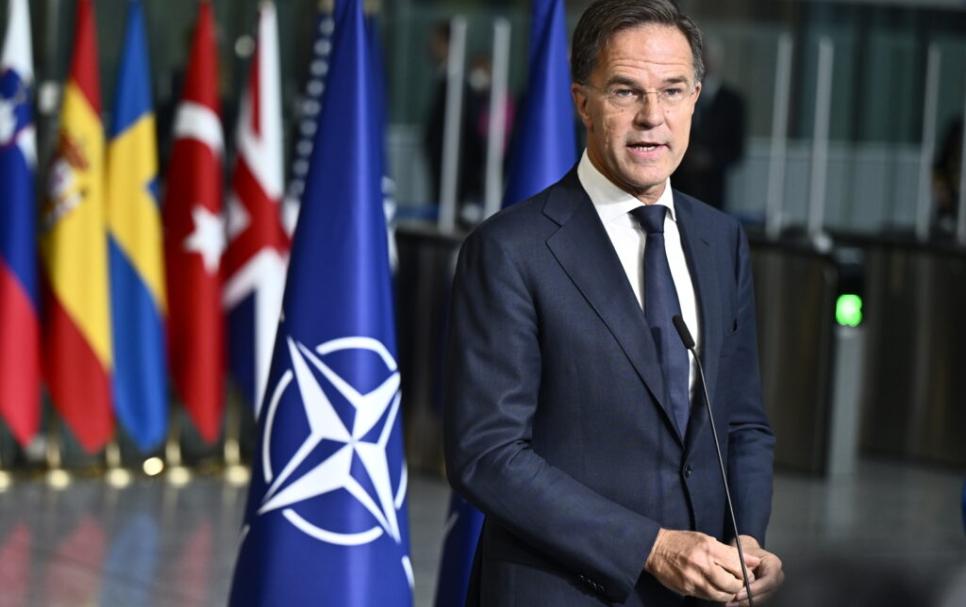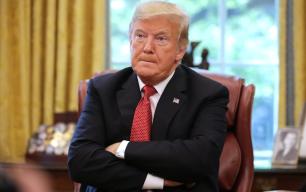Russia has all necessary armament

… as NATO chief urges members to spend far more on military
The chief of NATO has recently called on the alliance to make a “quantum leap in our collective defence,” committing to increases in military spending that far outstrip what Britain and most other members have yet pledged. In recent months Ukrainians say they are in danger of losing the drone arms race with Russia and need more help.
Speaking in London, Mark Rutte, NATO’s secretary-general, laid bare the budget pressures that will face Britain and its European neighbours as they confront the aggression of Russia and the retrenchment of the United States. Rutte, a former prime minister of the Netherlands, is pushing for members to commit to spending 5% of their gross domestic product on military and defence-related activities — a target promoted by President Trump, who complains that the alliance has long unfairly burdened the United States.
Rutte hopes to enshrine the new benchmark at a NATO summit meeting in The Hague. But he has yet to set a timeline for when members would be required to meet it —and the goal still seems elusive. Britain has pledged to increase military spending to 2.5% of gross domestic product by 2027, paid for by diverting funds from overseas aid. Prime Minister Keir Starmer has set a goal of 3% within a decade, though he has refused to give a more specific date without knowing where the money will come from.
Ramping up to 5%, analysts say, would necessitate politically painful trade-offs for Britain, which is already dealing with straitened public finances. Britain currently spends 2.3% of its economic output on defence, more than France or Germany but less than the United States, at about 3.4%. “It’s not up to me to decide how countries pay the bill,” Rutte said to an audience at Chatham House, a research organization in London. He said that Britain could opt not to meet the 5% target and, “you could still have the National Health Service” and other public services.
“But you better learn to speak Russian,” Rutte warned. Without a more credible military deterrent, he said, Russia could mount an effective offensive against NATO in five years. Russia, Rutte noted, was producing ammunition at four times the rate of NATO, though its stockpiles are growing more slowly because it is using so much in its war on Ukraine. Citing Russia’s devastating air attacks on Kyiv and other cities, Rutte called on Britain and other members to increase production of air and missile defence systems by 400%. He also said they needed to produce thousands more tanks and armoured vehicles, and millions of additional artillery shells.
Rutte, who met earlier with Starmer, declined to say whether they discussed the spending target, though he lavished praise on the Labour government for its strategic defence review, published last week, which recommended ambitious investments in weaponry and military infrastructure.
Earlier on Monday, Rutte and Britain’s defence secretary, John Healey, toured a factory in Sheffield, in northern England, which produces steel parts used in nuclear-grade components for Royal Navy submarines. Starmer has announced plans to build up to 12 new attack submarines and invest billions of pounds in other weaponry. Britain will procure up to 7 000 long-range weapons and invest money to safeguard critical underwater infrastructure as well as produce drones, which have proved lethal in the war in Ukraine.
Starmer described the threat facing Britain “as more serious, more immediate and more unpredictable than at any time since the Cold War.” He has positioned Britain as a bridge between Europe and the United States. But despite Starmer’s ominous language, the prime minister is still hamstrung by tight public finances, and the government’s need to bolster spending for domestic
priorities like the National Health Service.
Preparing a spending review to be announced this week, the chancellor of the Exchequer, Rachel Reeves, faced pressure from other cabinet ministers and municipal officials, who are complaining about inadequate investments in housing, law enforcement and capital projects for London.
Help needed
Meanwhile, Ukrainians say they are in danger of losing the drone arms race with Russia and need more help. And that is worrying not just for Ukraine, because the drone is becoming the likely weapon of choice in other future conflicts. Sky News has been given exclusive access to a Ukrainian drone factory to watch its start-up ingenuity at work. Ukrainians have turned the drone into their most effective weapon against the invaders. But they are now, we are told, losing the upper hand in the skies over Ukraine.
Drone company General Cherry was started by volunteers at the beginning of the war, making 100 a month, but is now producing 1 000 times that. The company's Andriy Lavrenovych said it is never enough.
"The Russians have a lot of troops, a lot of vehicles and our soldiers every day tell us we need more, we need more weapons, we need better, we need faster, we need higher."
The comments echo the words of Ukraine's leader, President Volodymyr Zelenskyy, who told reporters this week ;"the Russians have increased the number of drones, while due to a lack of funding, we have not yet been able to scale up." The factory's location is a closely guarded secret, moved often. Russia strikes weapons factories when it can. In a nondescript office building, we watched drones being assembled and stacked in their thousands. Put together like toys, they are hand assembled and customised.
The quadcopters vary in size, some carry explosives to attack the enemy. Others fly as high as six kilometres to ambush Russian surveillance drones. A $1 000 (£743) Ukrainian drone can bring down an enemy aircraft worth 300 times as much. Downstairs each drone is tested before it's sent to the front. Nineteen-year-old Dima not his real name used to play with drones at home before it was occupied in Kherson Oblast.
Now he works here using his skills to check the drones are fit for battle. But Russia is catching up. Sinister propaganda, released last month, filmed at one of its vast new drone factories, shows hundreds of Geranium delta wing attack drones lined up ready to be launched at Ukraine.
Russia has refined the technology provided by Iranians to produce faster, more lethal versions of their Shahed drones. They have wreaked havoc and carnage, coming in their hundreds every night and killing scores of civilians. Ukraine expects 1 000 a night in the months ahead. Russia is using scale and quantity to turn the tables on Ukrainians. And it is mastering drones controlled by fibre optic thread, trailing in their wake, that cannot be jammed.
-RT
- 4 views










Comments